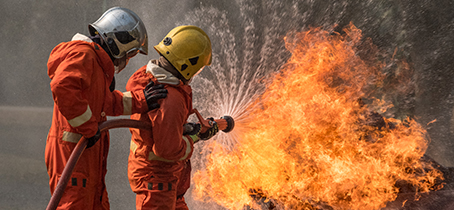Installing a CCTV camera? Avoid these common mistakes
Apr 11, 2017 | 6474 Views
CCTV cameras have become almost inevitable in the current context and rightly so. Having eyes and ears in multiple places where we cannot be present is a great boon and offers incomparable peace of mind.
However, as the market gets crowded with more and more options, the common pitfall is that many times faulty installation practices severely compromise the effectiveness of the system. But the good news is that you can pre-empt these mistakes and avoid them. It is always a good idea to try the proposed layout first and then create the final installation.
Here are some very common examples:
Installing cameras very close to high voltage power lines
If you see white rolling lines and static on your screen you should check for your camera’s proximity to high voltage power lines. The camera must be installed at a comfortable distance from these with good wiring of course
Pointing your cameras in a direction with no solid surface
If you see that your infrared (IR) cameras are blind in the dark, the reason is that the camera is looking outwards with no surface that can bounce back its infrared lights. While installing CCTV cameras in places where you need eyes even in low lighting or during the nights, make sure that they have a wall to reflect light.
Pointing your cameras towards large, reflective surfaces
Too much glare? Chances are that your cameras are pointing towards a light-coloured large surface. While installing the camera stay away from beam corners and refrain from pointing them towards areas where too much light falls on a reflective surface. Installing cameras with smart-adjustment IR systems will allow your camera to calibrate its settings in various light conditions.
When you cannot avoid a reflective surface
With more and more buildings with glass facades, it can sometimes be impossible to avoid pointing the camera towards a reflective surface. However, in this scenario, it is important to choose a mechanical Wide Dynamic Range (WDR) camera that can cancel out the glare and provide good quality footage.
Incorrect power supply
Depending on the time of day and other factors, cameras use varying levels of power. The best approach would be to calculate the maximum power needed by all the cameras installed and provide double the combined power. That way you will not have cameras that cannot function due to low power levels.
To sum up:
Keeping in mind these simple points will help you get the maximum out of your CCTV system and enhance your security management efforts at all times.
Looking for solutions to your security problems? Get in touch with us at iSolus and we will provide you with the solutions best suited to you.
Please visit our website www.solus.co.in and for any sales enquiries, please contact +91 8043336666 or drop an email to
sales@solus.co.in


